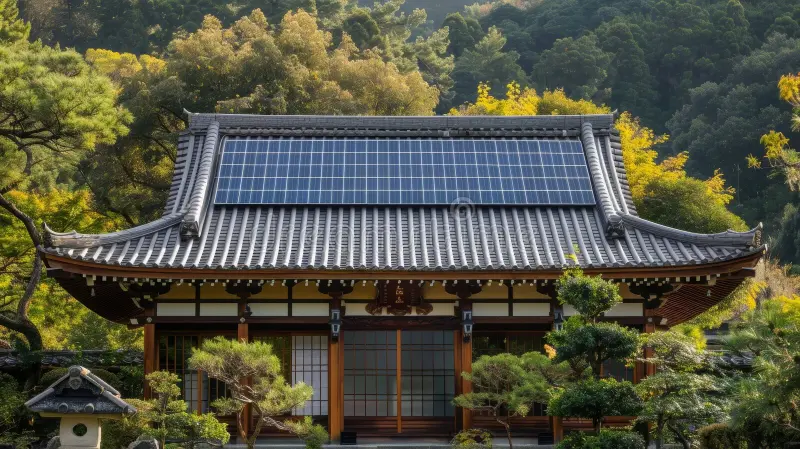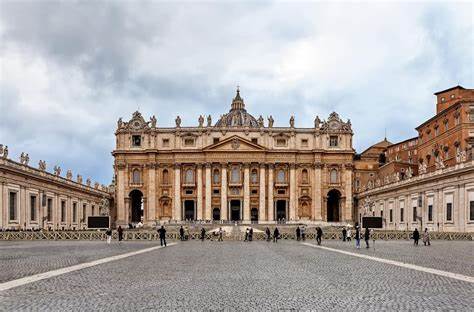Japan is a country that seamlessly fuses ancient traditions with cutting-edge technology and modern culture. From the peaceful temples and gardens of Kyoto to the bustling streets of Tokyo, Japan offers a unique mix of history, nature, and innovation. Whether you’re visiting serene landscapes, exploring historical landmarks, or indulging in world-class cuisine, Japan provides an unforgettable journey through its fascinating culture and breathtaking beauty.
Tokyo: A Futuristic Metropolis with a Rich Cultural Heritage
Tokyo, the capital of Japan, is a city that represents the perfect blend of tradition and modernity. Skyscrapers and neon lights light up the skyline, while serene temples and traditional gardens offer a peaceful escape from the fast-paced city life. Shibuya Crossing, one of the busiest intersections in the world, is a symbol of Tokyo’s energetic urban vibe, where thousands of people cross in every direction at the same time.
Tokyo is also home to some of the world’s most famous attractions, such as Sensō-ji Temple in Asakusa, Tokyo’s oldest and most significant Buddhist temple, where visitors can experience traditional Japanese rituals. Another iconic landmark is the Tokyo Skytree, the tallest structure in Japan, offering stunning views of the city and beyond.
For a taste of Japan’s cutting-edge culture, the Harajuku district is known for its vibrant street fashion and youth culture. Visitors can also explore the high-tech entertainment center in Akihabara, a paradise for electronics, gaming, and anime enthusiasts.
Kyoto: A Journey Through Japan’s Ancient Heart
Kyoto is often considered the cultural capital of Japan, offering a glimpse into the country’s rich history and traditions. This ancient city is home to numerous Shinto shrines, Buddhist temples, and traditional tea houses that transport visitors back in time. The most famous attraction in Kyoto is the stunning Kinkaku-ji, or Golden Pavilion, a Zen Buddhist temple covered in gold leaf and set beside a tranquil pond, offering a breathtaking reflection of its beauty.
Another must-see is the Fushimi Inari Shrine, known for its thousands of red torii gates that lead visitors up the mountain to the main shrine. Arashiyama, with its beautiful bamboo groves and the Tenryu-ji Temple, provides a serene and natural escape, perfect for a peaceful stroll.
Kyoto is also famous for its traditional tea ceremonies, where visitors can experience the art of tea preparation in a tranquil setting. The city’s Gion district is the perfect place to witness the culture of the geisha, with its historic wooden teahouses and narrow alleys.
Osaka: A City of Vibrant Culture and Culinary Delights
Osaka, located in the Kansai region, is known for its lively atmosphere, delicious food, and rich cultural heritage. The city’s iconic landmark is Osaka Castle, a historic symbol of the city with a beautiful park surrounding it, perfect for picnics and relaxation. The nearby Osaka Museum of History offers insights into the city’s past, with exhibits detailing its transformation into a modern metropolis.
Osaka is also known as the food capital of Japan, offering a wide range of delicious dishes. The city’s Dotonbori district is famous for its street food, such as takoyaki (octopus-filled dough balls) and okonomiyaki (savory pancakes). Visitors can explore the vibrant streets, where giant neon signs light up the night, creating an exciting and colorful atmosphere.
For a unique experience, visitors can head to Universal Studios Japan in Osaka, one of the most popular theme parks in the country, offering thrilling rides and attractions based on popular movies and franchises.
Hokkaido: A Nature Lover’s Paradise
Hokkaido, the northernmost island of Japan, is known for its stunning natural beauty, especially in the winter months. The region is famous for its ski resorts, including Niseko, where visitors can enjoy world-class powder snow and a range of winter sports. The Sapporo Snow Festival held annually in Sapporo, the capital city of Hokkaido, is another must-see, featuring incredible ice and snow sculptures that attract visitors from all over the world.
In addition to winter sports, Hokkaido is also home to beautiful national parks and hot springs. Shiretoko National Park, a UNESCO World Heritage site, offers hiking trails, wildlife viewing, and scenic views of pristine landscapes, including waterfalls, forests, and coastlines. The Noboribetsu Onsen, a hot spring resort, is famous for its therapeutic waters and the dramatic Hell Valley (Jigokudani), where visitors can watch hot steam rise from the ground.
Hokkaido is also known for its beautiful flower fields, such as those in Furano, where vibrant lavender fields bloom in summer, creating a stunning landscape of purple against the backdrop of the mountains.
Nara: The Ancient City of Tranquil Temples and Free-Roaming Deer
Nara, located near Kyoto, is another historically rich city that offers a peaceful retreat. The city is home to some of Japan’s oldest temples, including the famous Todai-ji Temple, which houses a massive bronze statue of the Buddha, known as the Great Buddha (Daibutsu). The temple is located within the sprawling Nara Park, where visitors can freely interact with the friendly, free-roaming deer that have become a symbol of the city.
Another must-see is the Kasuga Taisha Shrine, a Shinto shrine famous for its hundreds of stone lanterns that line the paths leading to the main hall. The peaceful atmosphere of Nara, combined with its natural beauty and historical landmarks, makes it a perfect place to unwind and experience traditional Japan.
Mount Fuji: Japan’s Iconic Symbol of Beauty and Spirituality
Mount Fuji, Japan’s tallest and most famous mountain, is an iconic symbol of the country and a must-visit destination for nature lovers. The mountain stands at 3,776 meters (12,389 feet) and is a popular spot for hiking, especially during the summer months. Visitors can climb the mountain, or simply enjoy its stunning beauty from the surrounding Fuji Five Lakes region or Hakone, where you can soak in hot springs while gazing at the majestic peak.
Chureito Pagoda, located in the Fujiyoshida city, offers one of the most iconic views of Mount Fuji, with the pagoda in the foreground and the snow-capped mountain in the background, creating a picturesque scene that perfectly represents Japan’s natural beauty.
Okinawa: Japan’s Tropical Paradise
For a completely different experience, Okinawa, Japan’s southernmost island, offers a tropical paradise with beautiful beaches, coral reefs, and a distinct cultural heritage. Okinawa is famous for its shurijo castle, once the center of the Ryukyu Kingdom, and its traditional Okinawan culture, which differs significantly from the rest of Japan.
The island is a popular destination for snorkeling, diving, and enjoying pristine beaches like Emerald Beach and Zamami Island, known for their crystal-clear waters and vibrant marine life. Okinawa also offers a unique culinary scene, including Okinawa soba and Goya Champuru, a stir-fry made with bitter melon, pork, and tofu.





